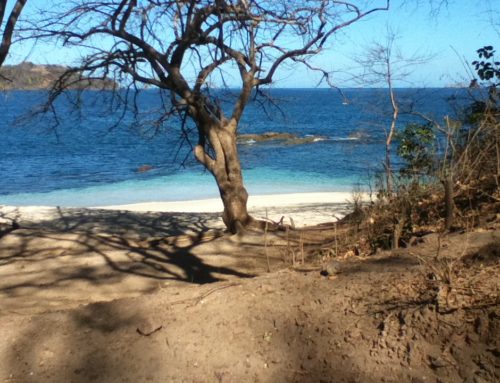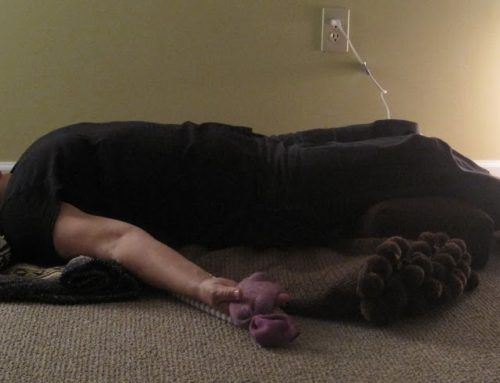Parasympathetic Nervous System (PSNS) – try saying that 10 times fast. Make you stressed out?? Sorry. Indulge me a little as I delve into what it is, why it is important and ways to tap into and improve it.
There are two sides to every coin. So as to not exclude both sides of the nervous system, I will introduce the sympathetic nervous system (SNS) as well. The entire coin is called the autonomic nervous system, with half the system activated in response to stress, while the other half is suppressed. We commonly refer to these two systems as the Flight or Fight (SNS) or the Rest and Digest (PSNS). The first half is the sympathetic nervous system which originates in the brain with projections that exit out of your spine and into nearly every organ in your body. It is activated under emergencies or what we think of as emergencies. The chemical. adrenaline is released when this systems kicks in. It is used to basically save your life.
The other half of the coin, the parasympathetic nervous system is however, there to promote calmness, growth, and energy storage. The heart rate is slowed, the processes to eliminate work better and the sphincter muscles relax. These two systems work together not in opposition even though they have different functions.
Why is it important to know this? Well, because we need balance within the right framework. Too much of anything can make us sick. The SNS is part of our genetic makeup for our species to survive. But since our hunting and gathering days are over and large predators are not out to eat us, we have found new things to worry us and keep us up at night. But we do not know how to shut them off. Enter the PSNS stage left. If all we had, was resting, our heart would never get its exercise and disease would set in.
What can we do to tap into our Rest and Digest and find homeostasis (balance and stability)? We have learned such practices as yoga, meditation, prayer, creative pursuits, etc. in our lifetime. All of these practices and many more not listed, elicit the Relaxation Response. Herbert Benson, M.D. is known as the Father of the Relaxation Response. The Relaxation Response is a scientifically proven change in the physiology of the body. This response causes the PSNS to jumpstart, lowering blood pressure, bringing blood flow to organs, providing for digestion to function better, increasing fertility and immunity.
Nurture yourself with your Restorative Yoga for when you need it most, it will be much more readily available to you at any time and at any point.
The Poses
Mountain Brook
Supported Forward Bound Angle Pose
Props: bolster, 3 blankets or blocks (firm cushions and pillows are always an option) and one extra blanket for warmth.



Leave A Comment